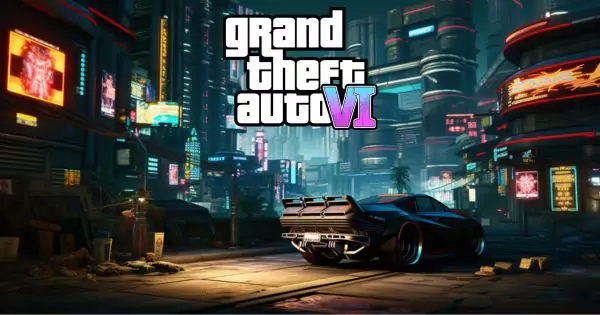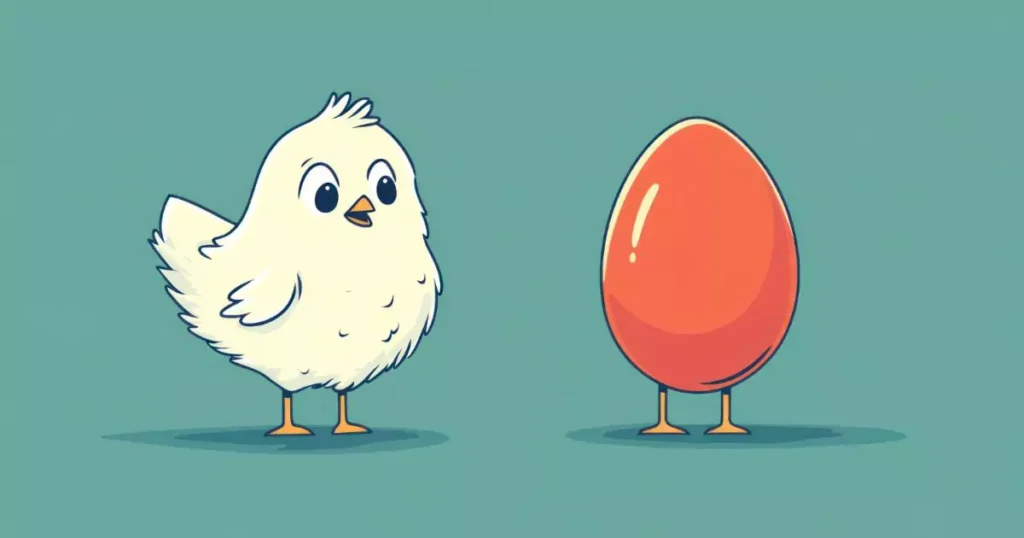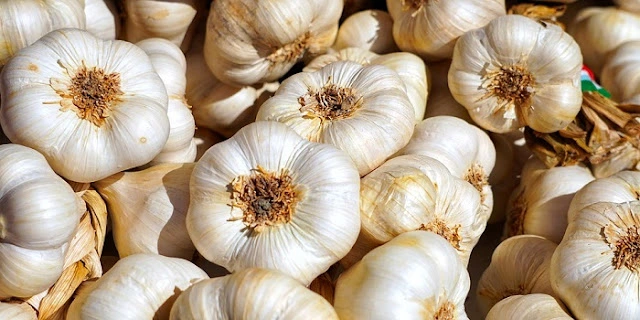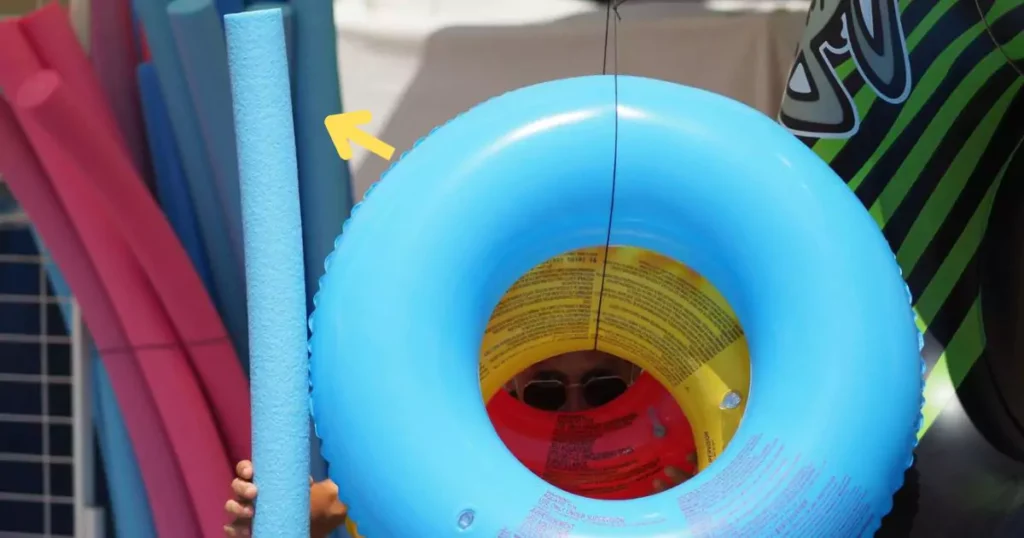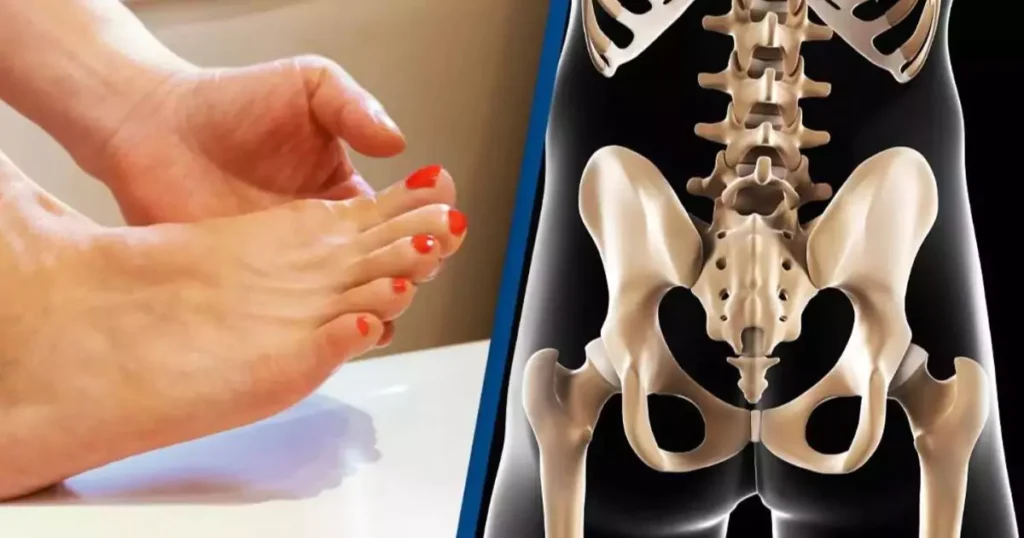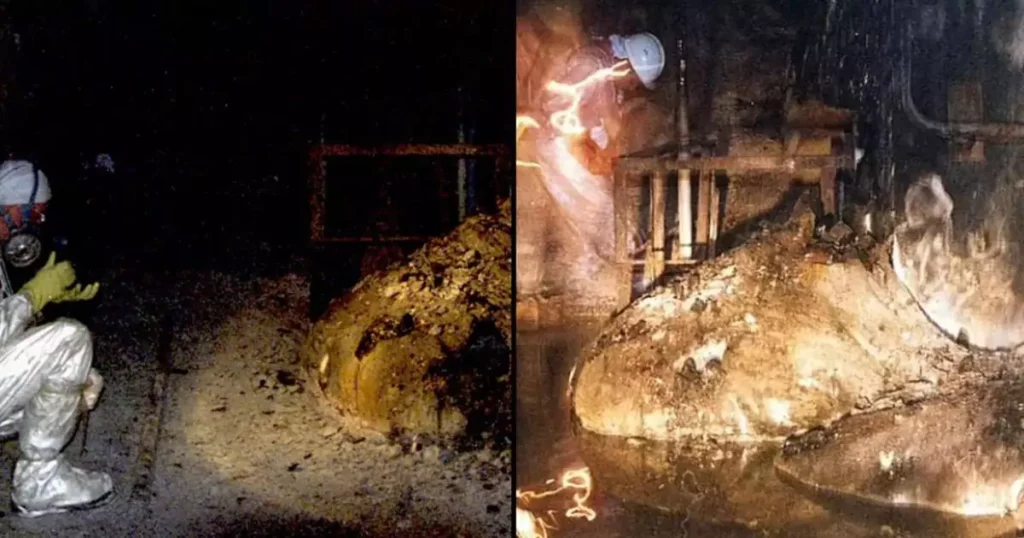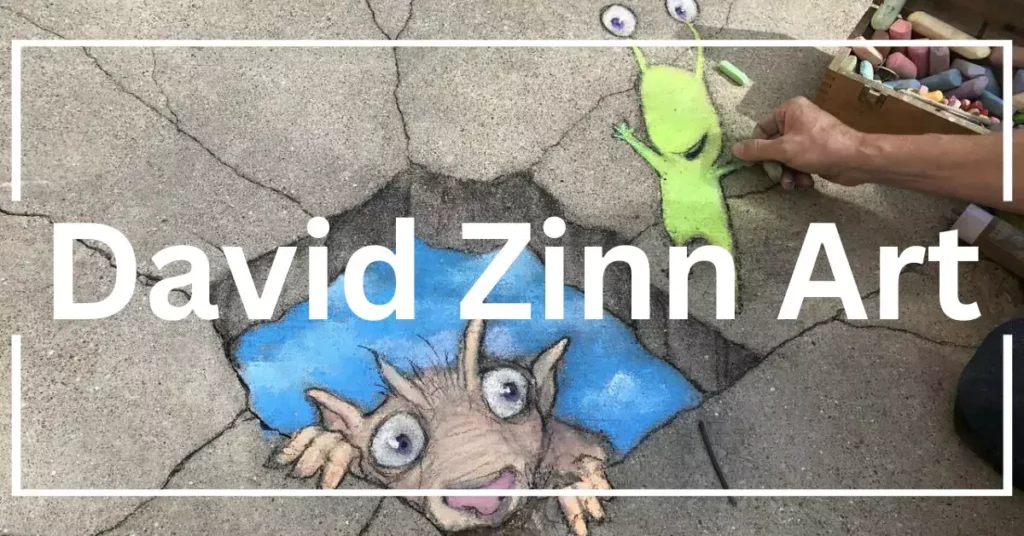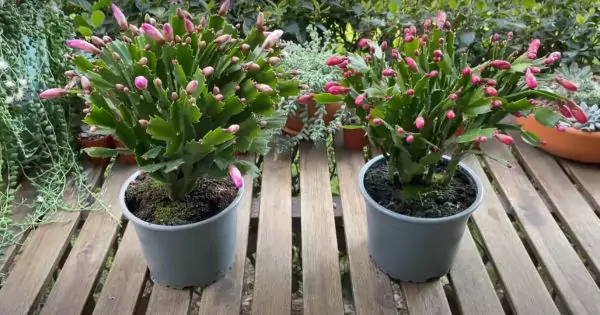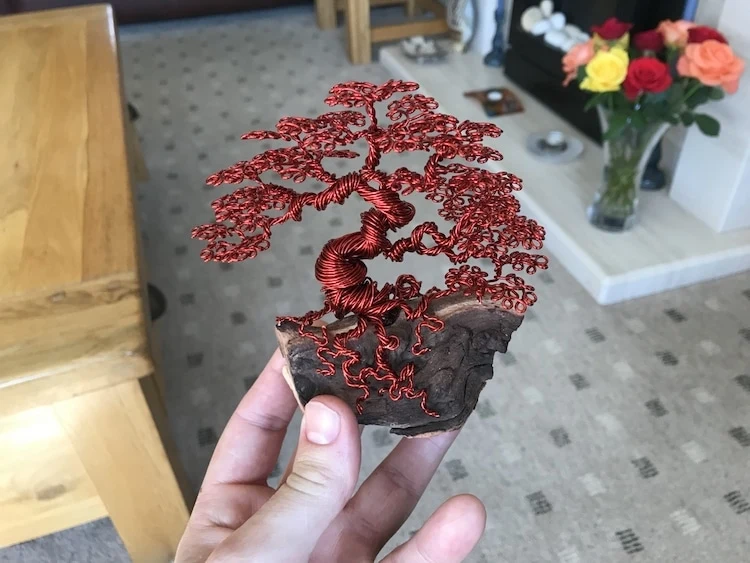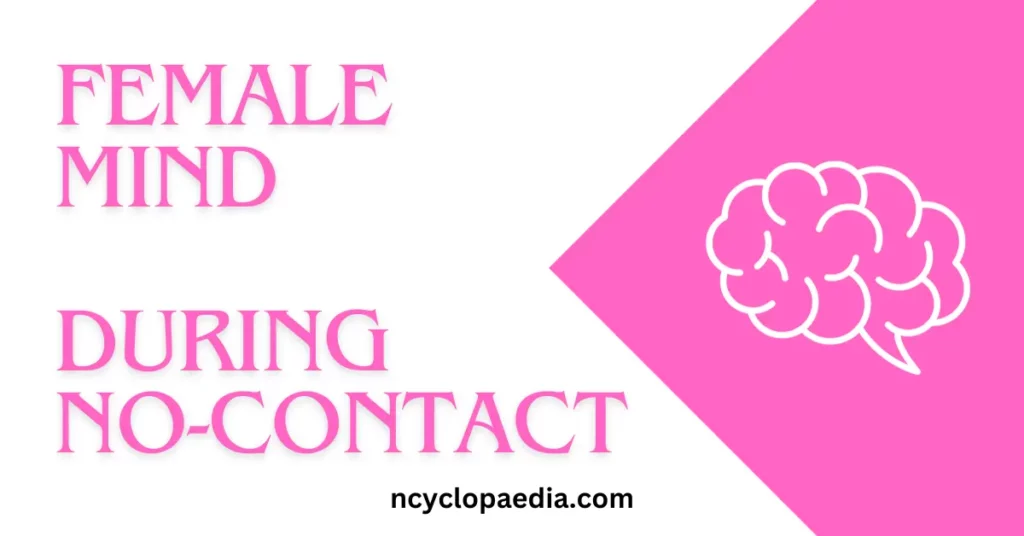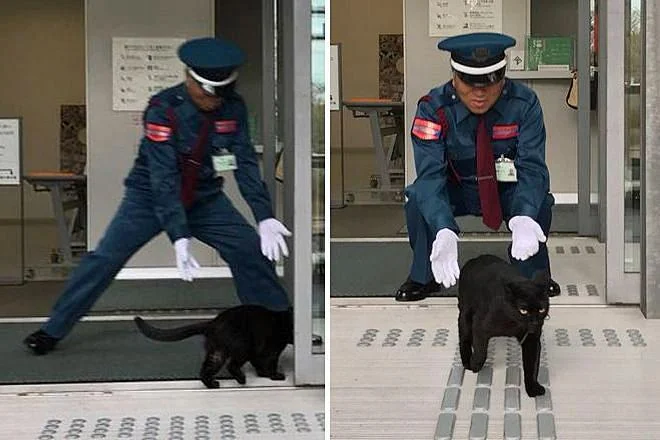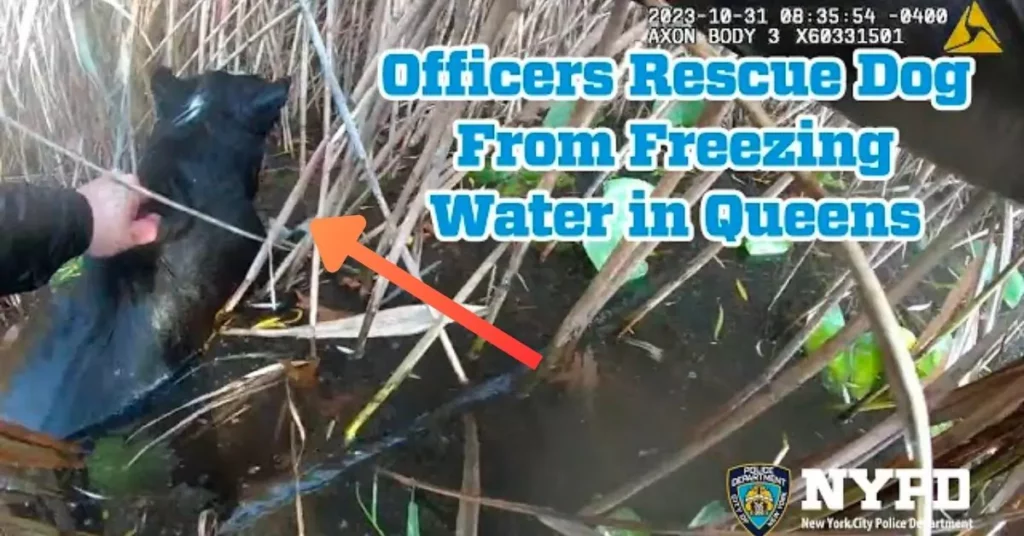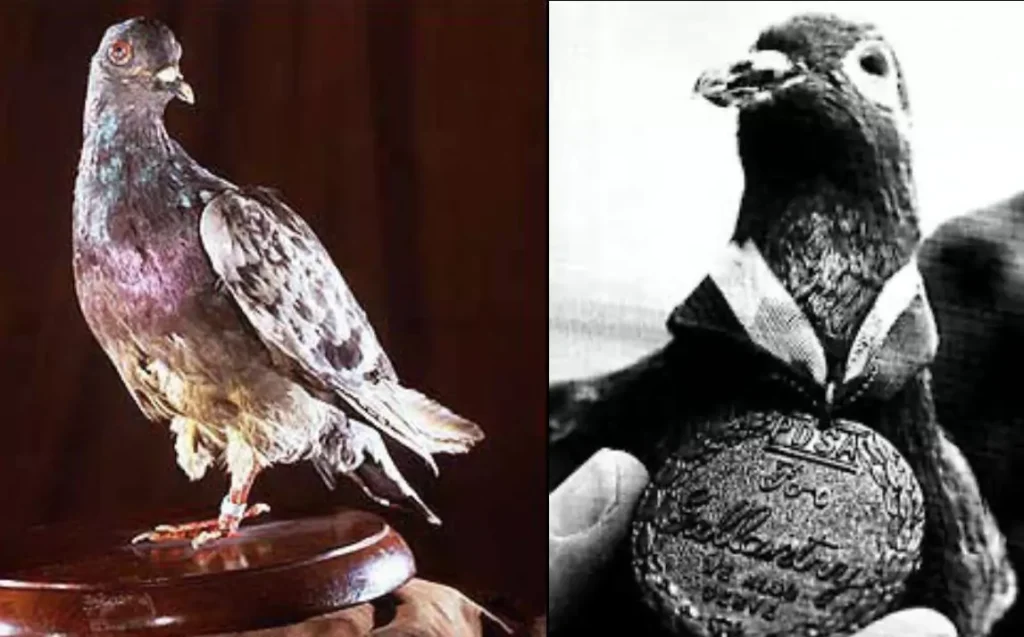
When it comes to public infrastructure, especially something as visible and vital as train stations, design matters. It’s not just about aesthetics; it’s about functionality, cultural symbolism, and sometimes, about not resembling everyday household items. Unfortunately, not every design nails that brief, which brings us to the curious case of North Nanjing’s latest train station proposal in China—a design so unique that it has become the butt of jokes across social media.
A Design Blooming with Controversy
At first glance, the design of North Nanjing’s train station is ambitious and futuristic. Intended to mirror the delicate form of a plum blossom, the station’s structure features four prominent lobes radiating outward. However, this botanical inspiration has somewhat backfired. In nature, plum blossoms typically have five petals, a fact not lost on eagle-eyed netizens who were quick to point out this floral faux pas.
#trending: Giant sanitary pad or plum blossom? New Nanjing train station design ridiculed by Chinese netizens https://t.co/W8gVRha64i pic.twitter.com/HmgMJCVd0A
— TODAY (@TODAYonline) April 18, 2024
Adding to the floral confusion, the $2.7 billion price tag attached to this project has left many wondering if the extra petal was lost in budget cuts. The design, while innovative, has spurred a myriad of reactions ranging from amusement to disbelief, making it a viral sensation for reasons unintended by its creators.
From Blossoms to… Sanitary Products?
As if the missing petal wasn’t problematic enough, the aesthetic of the station has drawn comparisons to less poetic objects—specifically, to a sanitary pad. This unfortunate resemblance has not only sparked laughter but also a Photoshop bonanza, with various edited images circulating online showing the station in various, often less-than-flattering contexts.

The creativity of netizens never disappoints, and the North Nanjing station has become a canvas for meme artists and amateur comedians alike, proving once again that if you build it, they will meme.
The Meme Machine in Full Swing
Let’s take a tour through the social media frenzy that turned a train station design into a viral joke:
Twitter: The Pun Platform
On Twitter, puns are chugging along at full steam. One user quipped, “Is this where we’re supposed to ‘pad’ our travel times?” while another wondered if the design was a “new ‘period’ in architectural design.”
Instagram: The Visual Puns
Instagram hasn’t lagged behind, with users posting side-by-side comparisons of the station design and various brands of sanitary products. The hashtag #SanitaryStation has garnered thousands of likes, and the comments are a mix of hilarity and disbelief.
TikTok: Skits and Bits
Over on TikTok, the station has inspired a range of comedic skits. From dramatizations of the design meeting (“What if we made it… less petally?”) to mockumentaries on “misunderstood art,” the platform is buzzing with creative takes on the architectural mishap.
The Designer’s Dilemma
Caught in the crossfire of viral humor is the design team behind the North Nanjing station. In their defense, the station was a bold attempt at integrating cultural symbolism into modern infrastructure—a commendable goal. However, the execution, coupled with the public’s relentless creativity in mockery, has overshadowed the original intent.
The designers have since addressed the criticism in various press releases, explaining the conceptual depth behind the design and the technical challenges involved in bringing such a vision to life. Yet, the tide of memes continues unabated, proving that once the internet has a hold of a joke, it rarely lets go gently.
Architectural Ambitions and Public Perceptions
This isn’t the first time architectural designs have sparked public debate. From the Eiffel Tower to the Pyramid of the Louvre, history is littered with structures initially scorned only to be celebrated later. Whether North Nanjing’s train station will undergo a similar transformation in public opinion remains to be seen.
Wrapping Up: Lessons Learned?
So, what can we learn from the saga of North Nanjing’s train station design? First, perhaps it’s that in the digital age, public opinion is not just a factor but a force—one that can shape perceptions as strongly as steel beams can shape buildings. Second, cultural symbols, like plum blossoms, are delicate subjects and require just the right touch—or petal count—to resonate with the public.
And finally, if you’re going to spend $2.7 billion on anything, maybe double-check that it doesn’t resemble a sanitary product. Or at least prepare a good set of memes yourself to join in the fun. After all, if you can’t beat the internet, the best bet is to laugh along with it.



